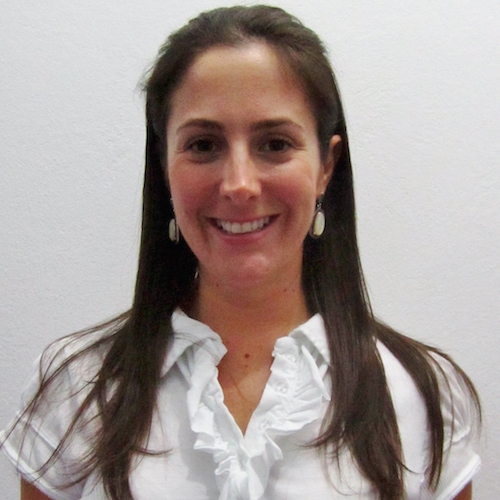Over 80% of Australians experience back pain at some point in their lives, which is one of the most common reasons people miss work and seek health care. Despite the efforts of the scientific community to identify risks factors for back pain, the cause of this condition is still poorly understood. Knowing what causes low back pain might help us prevent its occurrence.
The Back Pain Group from the University of Sydney’s Faculty of Health Sciences is currently investigating different factors that increase the risk of back pain such as genetics and obesity related measures. Extra loading on the spine and inflammation are proposed mechanisms that could explain why obese individuals could be at higher risk of developing back pain. However, the evidence is still unclear.
According to our new research investigating twins it could be our genes – not those extra kilos – that are causing back pain. We have recently published two novel twin studies, in The Spine Journal and in The European Spine Journal that debunk the direct link between obesity and low back pain. The articles show that the relationship between obesity and low back pain is more likely the result of shared genetic factors.
The first study, including 1128 Spanish female twins, is the result of collaboration between researchers from the University of Sydney and Spain’s Murcia Twin Registry [1]. The second is a paper summarizing the findings from twin studies conducted in four different countries with participants ranging from 12 to 84 years-of-age [2].
Studying obesity and back pain in twins gives us a unique opportunity to control for various shared genetic factors that can influence people’s health. The strongest results are seen when investigating these health conditions in identical twins because these twins share almost one hundred percent of their genes.
Twin studies give us a less biased estimate of risk for conditions like back pain by controlling for possible confounding from genetic factors and early shared environment. On the surface, it appears that overweight and obese people are twice as likely to have lower back pain. However this association diminishes when factoring in genetic and familial confounders among twins.
The studies suggest that genes common to both low back pain and obesity might be responsible for the relationship between these conditions. From here, where do we go? Currently, to confirm these results, we are conducting a new study that follows the Spanish twins and checks if those who are obese have a higher risk of developing back pain over time. The project is underway and the results will soon be available.
For a long time we thought targeting obesity and prescribing weight loss could help alleviate the prevalence of back pain in the community but these studies call for a rethink. Hopefully these results will contribute to the field and inform policy makers on whether obesity increases, or not, the risk of back pain. This knowledge has the potential to help the design of future preventative strategies for back pain. We think the proverb from 17th century is still valid for today: “An ounce of prevention is worth a pound of cure – Benjamin Franklin”.
About Amabile Borges Dario
 Amabile completed her physiotherapy and honours degrees at Santa Catarina State University in Brazil. At the same university, she undertook a Master degree on the effect of aquatic exercise in people with active rheumatoid arthritis. At the University of Sydney, Amabile is conducting a PhD focusing on risk factors for low back pain and was lead author on these twin studies. Her research career has focused on chronic pain and she is currently a member of the Arthritis and Musculoskeletal Research Group at the Faculty of Health Sciences – University of Sydney.
Amabile completed her physiotherapy and honours degrees at Santa Catarina State University in Brazil. At the same university, she undertook a Master degree on the effect of aquatic exercise in people with active rheumatoid arthritis. At the University of Sydney, Amabile is conducting a PhD focusing on risk factors for low back pain and was lead author on these twin studies. Her research career has focused on chronic pain and she is currently a member of the Arthritis and Musculoskeletal Research Group at the Faculty of Health Sciences – University of Sydney.
References
[1] Dario, A.B., et al., Are obesity and body fat distribution associated with low back pain in women? A population-based study of 1128 Spanish twins. Eur Spine J, 2015.
[2] Dario, A.B., et al., The relationship between obesity, low back pain, and lumbar disc degeneration when genetics and the environment are considered: a systematic review of twin studies. Spine J, 2015. 15(5): p. 1106-17.



